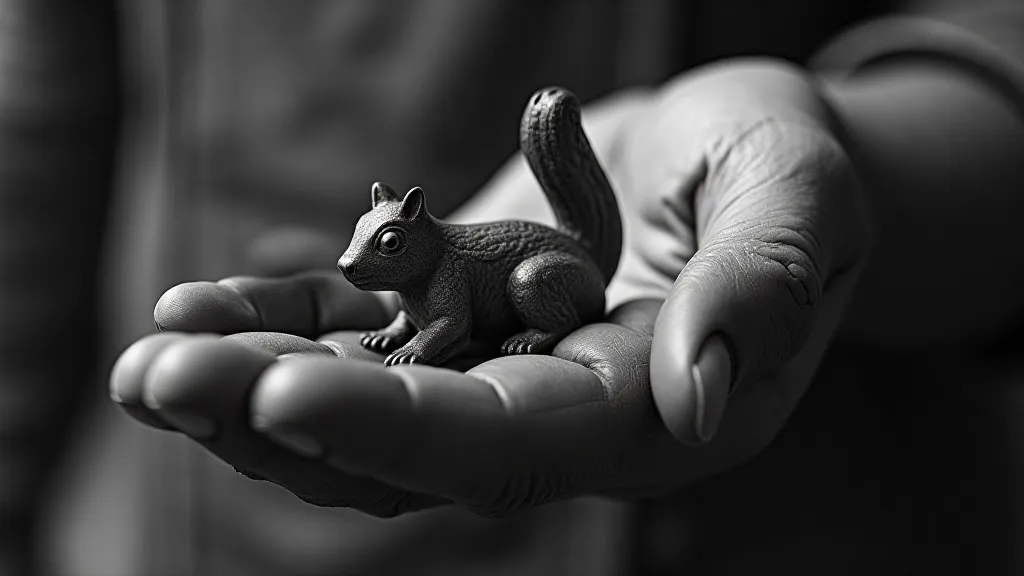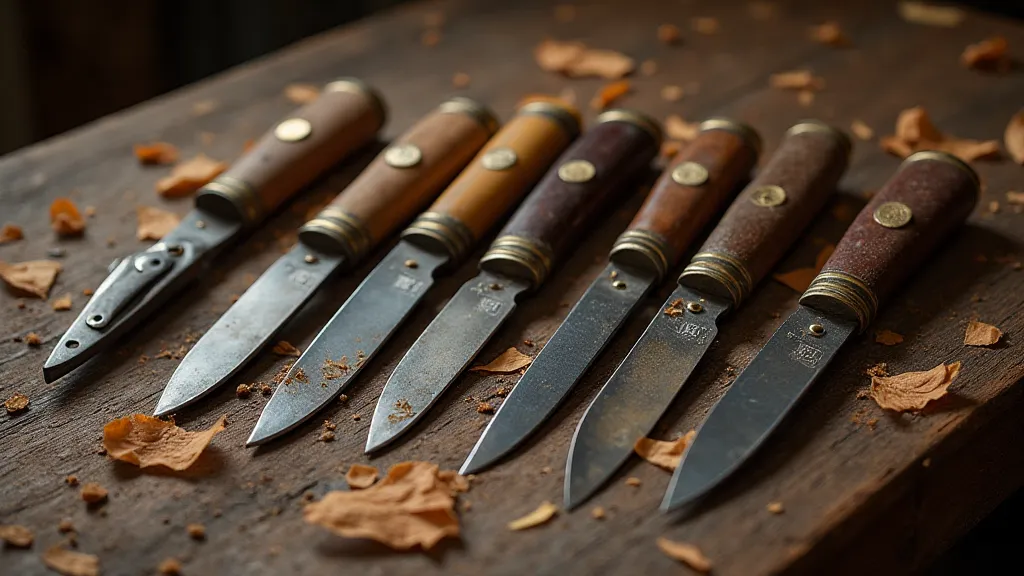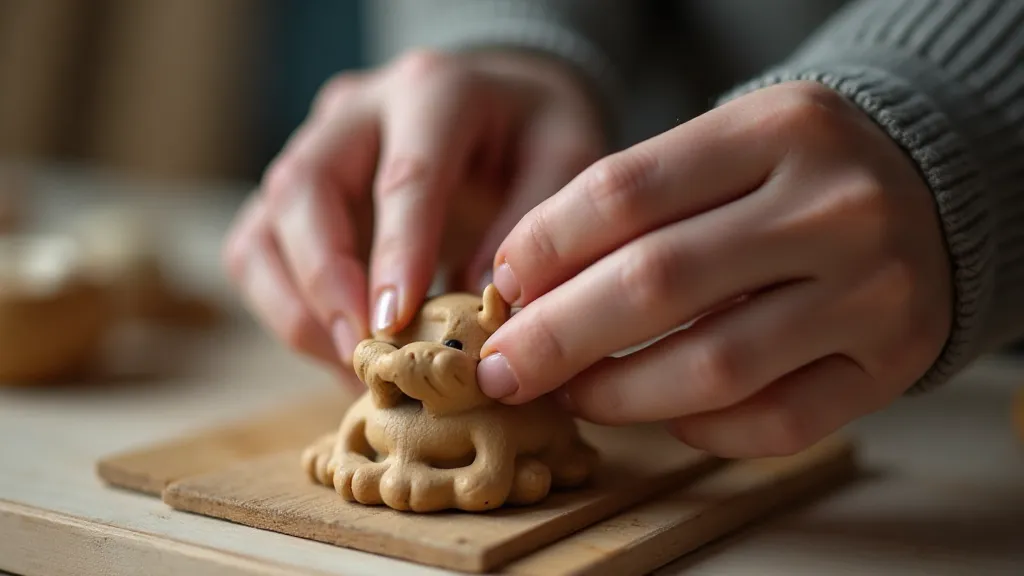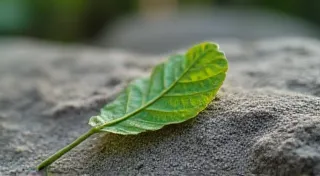From Handle to Heartwood: The Alchemy of Transformation
There's a quiet intimacy in the act of penknife whittling. It’s a conversation between hand and wood, a slow, deliberate shaping that transcends mere craft and enters the realm of meditation. It’s the same feeling I get when I hold an antique accordion; both represent a lineage of handcrafted artistry, a connection to generations past, and a tangible link to moments of joy and creativity.
My grandfather, a taciturn man of few words, taught me the basics. He didn't offer grand pronouncements on artistry; his lessons were embedded in the feel of the wood grain under my fingertips, the careful push and pull of the blade. He carved small animals, mostly squirrels and rabbits, with a simple pocketknife – not a fancy whittling knife, just a working tool. Those early carvings weren't masterpieces, far from it, but they were imbued with a love and patience that I’m only now beginning to fully appreciate. He saw potential where I saw just a piece of scrap wood.
The Whispers of History: A Timeline of Penknife Whittling
The practice of whittling, broadly defined, stretches back millennia. Early humans shaped tools and art from wood, using sharpened stones and bone. But penknife whittling, as we understand it today, really took shape during the rise of accessible, handheld knives. The proliferation of pocketknives in the 18th and 19th centuries, fueled by industrial advancements and increasing affordability, directly facilitated the popularization of this accessible art form.
Initially, whittling was a functional necessity. Sailors, farmers, and travelers used knives to make repairs, create toys for children, or simply pass the time during long hours. The American frontier, in particular, saw a flourishing of whittling as a vital form of entertainment and resourcefulness. It provided a tangible outlet for the hardships and isolation faced by those forging new lives in the wilderness. Think of the enduring image of the solitary frontiersman, whittling a figure while resting by the campfire – that's more than just a romantic trope; it's rooted in historical reality. Understanding the processes involved in subtracting form, revealing the potential within a simple block of wood, can be deeply satisfying, much like shaping form through subtraction.

During the Victorian era, whittling transitioned from a purely utilitarian practice into a recognized folk art. It became a popular pastime for both men and women, providing a creative outlet and a way to create small, decorative items. The rise of mass-produced toys meant that handmade wooden toys began to lose their market dominance, but whittling persisted as a cherished craft, passed down through families. The very act of revealing what lies within, of bringing forth something beautiful from a seemingly plain surface, echoes the idea of rebirth through the carving blade, highlighting a transformative journey.
The Essence of Folk Art: Simplicity and Soul
What defines penknife whittling as folk art? It’s not about technical perfection. It’s about the honesty of the carving, the imprint of the maker’s hand. The imperfections, the slight asymmetry, the visible tool marks – these aren’t flaws; they’re evidence of the human touch. This is in stark contrast to the slick, mass-produced objects that dominate our world today. The simple beauty of a hand-carved figure, imperfect but full of character, is profoundly moving.
Consider the wooden spoons crafted in Appalachian communities – practical tools transformed into works of art through the skill of the carver. Each spoon tells a story of family traditions, resourcefulness, and a deep connection to the land. They aren’ve been used, cherished, and passed down through generations. Each imperfection, each unique characteristic, holds a story – a narrative whispered from the wood itself, much like carving stories from the wood’s memory. The subtle shifts in grain, the gentle curve of the handle – all contribute to a richer, more meaningful experience.
The Tools of the Trade: Beyond the Pocketknife
While a simple pocketknife is perfectly adequate for many whittling projects, the world of specialized carving tools has expanded significantly. Whittling knives, detail knives, hook knives – each designed for a specific purpose. But the true magic lies not in the tools themselves, but in the skill and creativity of the carver.
My grandfather used a simple Case pocketknife, and that’s all he needed. The key is to understand how to use the blade safely and effectively. Learning to control the direction and depth of the cut is crucial for creating clean, flowing lines. The connection a carver feels with the natural world, the mindful attention paid to each stroke, fosters a profound sense of peace and belonging – a feeling of a carving blade’s connection to nature. It's about more than just shaping wood; it’s about understanding the language of the forest and responding to its silent wisdom.
Restoration and Collecting: Preserving a Legacy
As with antique accordions, there’s a growing interest in collecting and restoring antique whittled figures. Many pieces have suffered from age, exposure, and neglect. Repairing a piece requires a delicate touch, respecting the original craftsmanship while stabilizing any damage. Using traditional methods and materials – avoiding modern adhesives and paints – is essential for preserving the authenticity of the piece.
When examining a potential acquisition, look for signs of age, wear, and the maker’s signature. A slightly worn edge, a faded paint finish – these are all indicators of a piece’s history. Don’t be afraid to ask questions and research the maker’s background. The appreciation for handcrafted objects, the desire to preserve a tangible link to the past—these sentiments resonate deeply within the collecting community.

The Alchemy of Transformation: Finding Peace and Purpose
Penknife whittling is more than just a hobby; it's a form of meditation. The repetitive motion of the blade, the focus on the grain of the wood, the gradual emergence of a form – it's a process that quiets the mind and connects you to something deeper. It is a therapeutic practice that fosters mindfulness and patience.
It’s about taking something unremarkable—a humble piece of wood—and transforming it into something beautiful and meaningful. Just as an accordion player breathes life and music into a collection of reeds and bellows, a carver breathes life and form into a piece of wood. It’s an alchemy of sorts – a transformation that enriches both the creator and the world. The deliberate focus, the quiet concentration—these qualities cultivate a profound sense of inner peace, reminding us of the beauty and simplicity that exists all around us.
My grandfather passed away years ago, but every time I pick up a knife and a piece of wood, I feel his presence. I remember his quiet strength, his patience, and his unwavering belief in the power of simple things. He left me more than just a skill; he gave me a connection to the past, a sense of purpose, and an appreciation for the transformative power of a single blade and a humble piece of wood. His legacy continues to inspire, urging me to find solace and meaning in the simple act of creation. The quiet moments spent carving, the feeling of connection to something larger than myself – these are the treasures he passed down to me.






